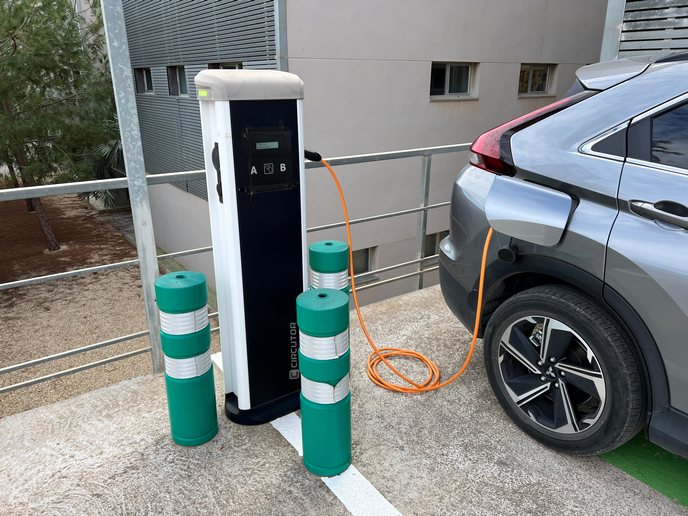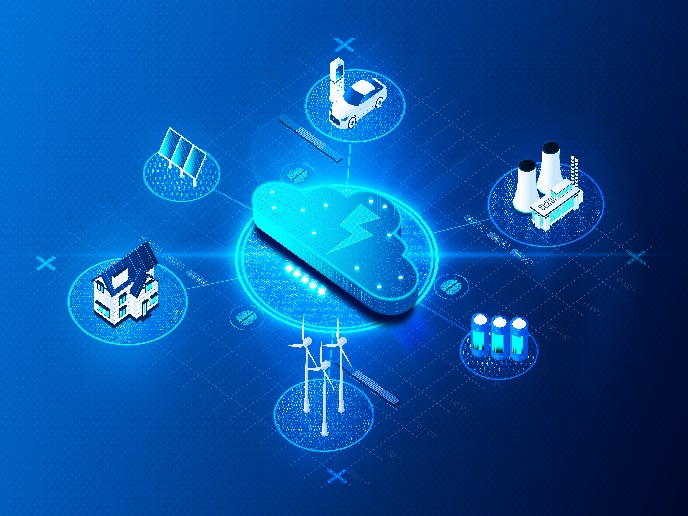Smart buildings breaking away from their past roles, ‘giving back’ to the environment
In 2018, the EU introduced the Energy Performance of Buildings Directive (EPBD). This initiative aims to enhance the energy efficiency of buildings by providing occupants with valuable information about their building’s energy performance and recommending viable improvements. In a bid to further drive energy efficiency, it later introduced a smart readiness indicator (SRI) for buildings. The SRI clearly demonstrates a building’s capacity to use ICT and electronic systems to optimise operations and to interact dynamically with the grid. In other words, it nudges building owners and occupants to transition from traditional, hands-on management of systems to intelligent, automated interactions.
Buildings transitioning from bystanders to players
The EU-funded PHOENIX project marks this transition towards smarter buildings. Project members demonstrated a portfolio of ICT solutions to increase the ‘intelligence’ of legacy systems and appliances in existing buildings. By retrofitting these buildings with cutting-edge technology, PHOENIX helps significantly boost their SRI and overall energy efficiency. “PHOENIX has been designed to enhance building intelligence, facilitating service provision thanks to internet-connected devices,” notes project coordinator Antonio Skarmeta. “By developing methodologies to make the equipment within our buildings smarter, the project aims to improve control, maximise the number of services, minimise energy consumption and enhance occupants’ comfort and well-being.”
From individual smart devices to a unified smart building ecosystem
The coordinator elaborates that the process of transforming buildings into smart structures has hitherto been somewhat fragmented. “Each device typically operates on its own, with separate communication protocols, databases and services, thereby hindering the full potential of smart building technology. The PHOENIX solution tackles this, by establishing connections between devices at a fundamental level. This helps creating a unified set of engines, where data streams are valued and intelligent services are integrated seamlessly,” he explains.
A multi-layered approach
The PHOENIX solution architecture is divided into different layers. The asset layer integrates legacy equipment using multiple sensors and communication systems to monitor and control their operation. The integration layer enables remote control and data monitoring of different building systems, equipment and external data sources – homogenising communication protocols and data formats. Gathering and analysing data, the knowledge layer enables self-learning capabilities and automatic decisions. Reflecting the interactions between end users and stakeholders, the business layer fosters democratic participation of all parties, while the function layer offers smart, cost-effective solutions to end users. Ultimately, the vertical protection layer ensures the security, privacy and trust of all operations. PHOENIX leverages artificial intelligence and edge cloud computing to provide the highest level of intelligence to existing buildings. Its portfolio of ICT solutions covers everything from hardware and software upgrades needed in legacy equipment and optimal sensor deployment, to data analytics and services for both building users and energy utilities.
Real-world pilots
The technologies developed within the PHOENIX project are all within the framework of an IoT platform that manages data from sensors and generates knowledge from them. These services are delivered to users through a website and a mobile app. To validate and evaluate the proposed solution, PHOENIX partners demonstrated five different real-world pilots in Ireland, Greece, Spain and Sweden. These pilots have demonstrated a reduction in energy consumption without compromising the occupants’ comfort. A series of exploitable results has been identified that may become business models for companies in the future.
Keywords
PHOENIX, smart building, energy consumption, occupants’ comfort, ICT, IoT







